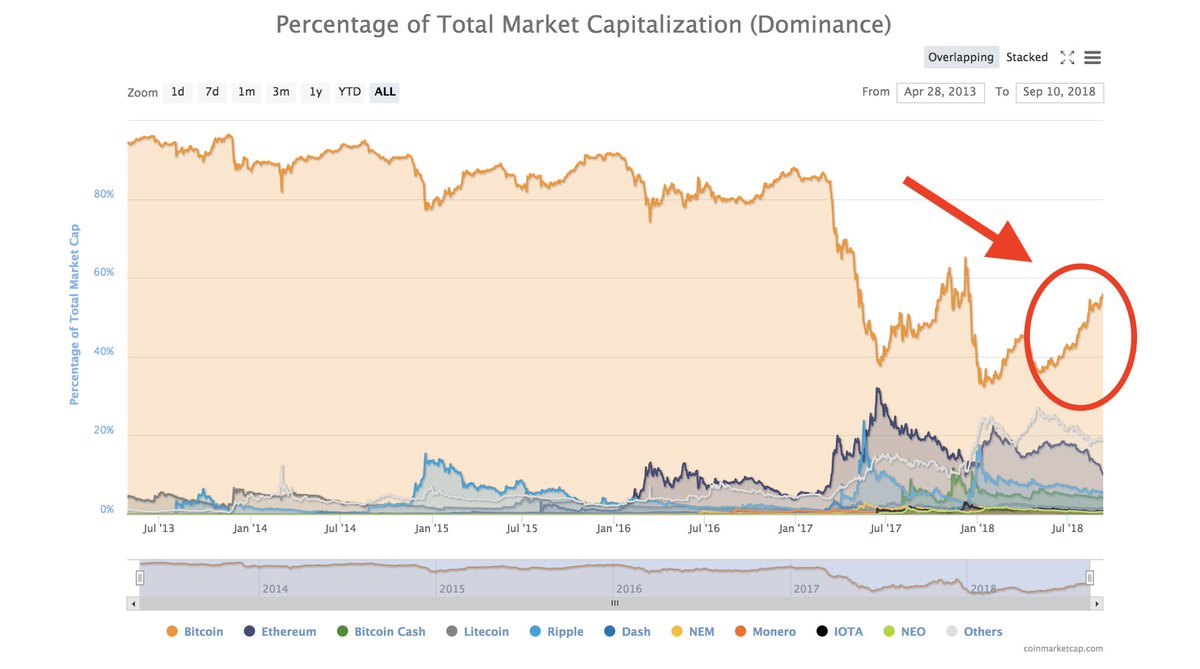In #crypto there is a straightforward avenue to supply creating its own demand.
By initially doling out the money to the supply side for providing the good or service that the #cryptonetwork specializes in, there is then organic liquidity in the asset *and* the service, which the demand side can participate in.
Whenever a supply sider transacts the cryptoasset they earned, they are then contributing to the GDP of that #cryptoeconomy.
Not all supply siders will remain “demanders,” but every time they sell the #crypto they’ve earned from the network they do add to the asset’s liquidity.
I find this virtuous cycle, which doesn’t necessarily need initialization capital (I say that as a VC 🙂), to be part of the magic of magic internet money
• • •
Missing some Tweet in this thread? You can try to
force a refresh





